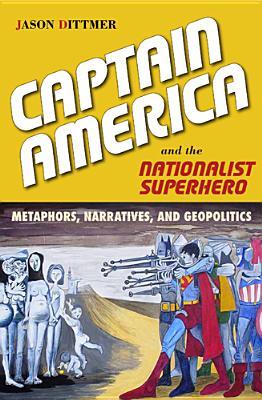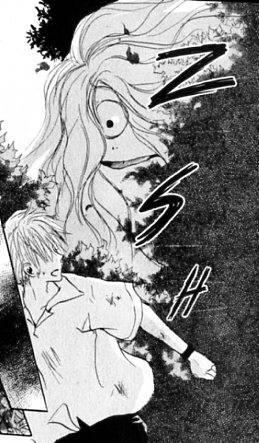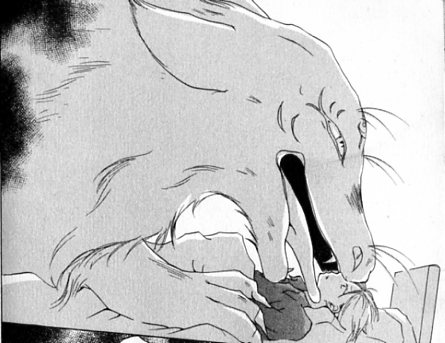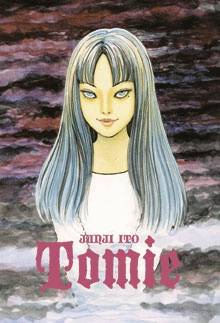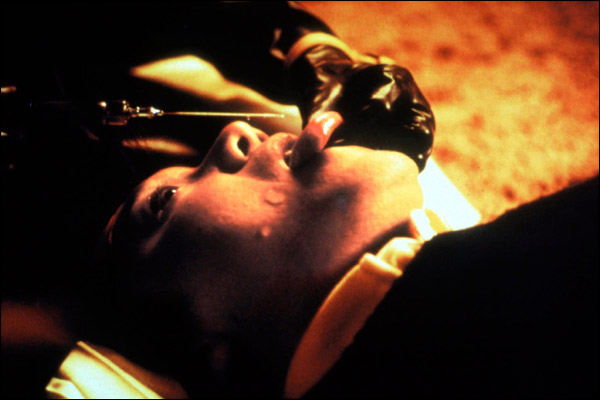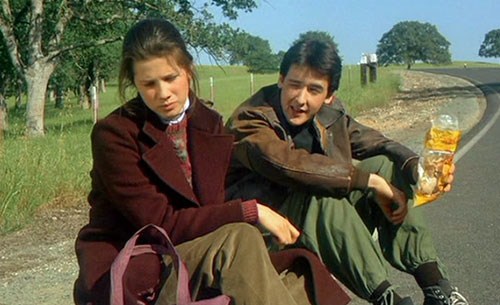
Is this man an autonomous moral actor?
A few days back I had an entertaining discussion with Mori Theil on Twitter about morality, individuals, and the public. Mori’s basic argument, as I understand it (and hopefully he’ll correct me if I’m wrong), is that ethics and morality are based in individual autonomy. Here’s a bit of his twitter discussion:
Moral decisions arise from principles. Other people should not be your morality; that is slapdash. w/others, you’re not dealing with morality at all, just feelings and goodwill – politics. If, say, I should have to justify my morality to you, that is a tool of societal control.
In what was perhaps his clearest statement of principle, he said, “…morality is the application of ideals to reality. You seem to say that we should twist our morality around to serve reality. That’s backwards.
Like I said, I enjoyed this conversation — and part of the reason I enjoyed it is that Mori so clearly and forthrightly states the basic Enlightenment presuppositions and beliefs about moral experience. For Mori, morality involves an almost Cartesian process. You do not listen to others; you do not learn from others. Instead, you turn inward, discovering there pure ideals beyond the reach of a corrupting and confusing society. Once you have found them, you apply those ideals to reality. Morality, then, is an essentially imperial endeavor. Ethics conquers the world. If the world conquers ethics — or even, it sounds like, if the world affects ethics — then you are doing it wrong.
Obviously, Mori’s vision of morality resonates to some extent. Our touchstones for moral worth, I think, are often people who go against social consensus or social norms; who do the right thing despite pressure to do the wrong. So, for example, Galileo’s commitment to truth despite the opposition of the Church is seen as a quintessential moral moment. Conscientious objectors refusing to fight during the Vietnam War despite the coercion of the state might be another example. Or, to cite one of my personal heroes, Khruschev’s decision to expose Stalin’s crimes despite massive opposition within the Soviet bureaucracy, and indeed arguably despite his own Communist ideological commitments, seems like one of the bravest and most moral acts of a world leader in the last 100 years — certainly braver than anything I can think of any American president doing in my lifetime.
The question is, though: are these examples of moral ideals imposed upon the world? Were these people autonomous moral actors? If they weren’t, does that make them less moral?
I would say that the answers in each case I give above are pretty complicated. Galileo, of course, actually renounced his findings; he caved to social pressure. Conscientious objectors, on the other hand, are not in many cases autonomous actors. They certainly are placing themselves against the broader society — but many of them do so because of their communal commitments to peace churches. They certainly have ideals, but those ideals are not autonomous or generated outside of a social context. And as for Khruschev — his indictment of Stalin was done in the name of ideals, certainly — but those ideals were specifically Communist, and therefore by definition communal and social. From the accounts I’ve read, he was most angry at Stalin for his failures of courage and leadership during World War II — for failures to Russia specifically, in other words, rather than for failures to live up to a particular abstract vision.
Mori might say that each of these instances is, in fact, a poor example — that none of them are adequate examples of true morality. None, he might argue, show a moral actor as sufficiently autonomous; none are sufficiently pure. To which I guess my response would be that I can’t think of any moral situations which are not complicated like this. Martin Luther King drew his ideals from his church and his community. So did Gandhi. Matilde de la Sierra‘s activism against torture is based in her own personal experience of torture — but it’s sustained by her relationship with her husband and her work with other activists, not by some isolated commitment.
Moral actions are never autonomous — which makes sense, I think, because morality is mostly about how you treat other creatures. If you’re stranded on a desert island all alone, without even any animals in sight, morality is going to be largely beside the point. Rather than an ideal we impose on the world, morality, then, is an experience that the presence of others imposes on us. Morality doesn’t occur despite society; it occurs only because of society. Which means that, if our moral selves are our truest selves, then in a real sense our truest selves are other people.
That may seem counter-intuitive but, for me, at least, it fits my moral experience much better than Mori’s account does. Morality for me isn’t formulating abstract principles and then following them. Instead, it’s, say, volunteering when my son’s school needs volunteers, or giving a friend a ride when he needs a ride, or even (as happened last week) taking down inappropriate scanlated images when a colleague tells me I should.
At one point Mori asked “do you think the Internet should perch like an angel of conscience on your shoulder?” My response is — sure, why not? The internet is just other people — and, like most folks, I’ve relied on other people to teach me to be a good person since my parents first started telling me to say “please”. Morality isn’t something I was born with. Rather, it’s a gift, granted by those I love, or respect, or live with. And the gift is, precisely, to teach me to love, to respect, and to live. If we are ethical, or human, it’s by each other’s grace — and if we’re unworthy of it, that’s all the more reason to be thankful when it is granted.
__________
Update: Mori replies here. I understand where he’s coming from much more clearly now, I think. Just quickly I’d say that when I talk about morality coming from communities, I don’t necessarily mean states or the law (I’m not ruling those out, but I wouldn’t see those as the only or best sources in every circumstance.)
I’d also just point out quickly that it wasn’t just society which saw slavery as acceptable for hundreds and hundreds of years (at least) — it was individuals who saw it that way too. Nor was the change against slavery a matter of lone individuals standing up against society; abolitionism was a movement and a community (composed of individuals, of course.)

